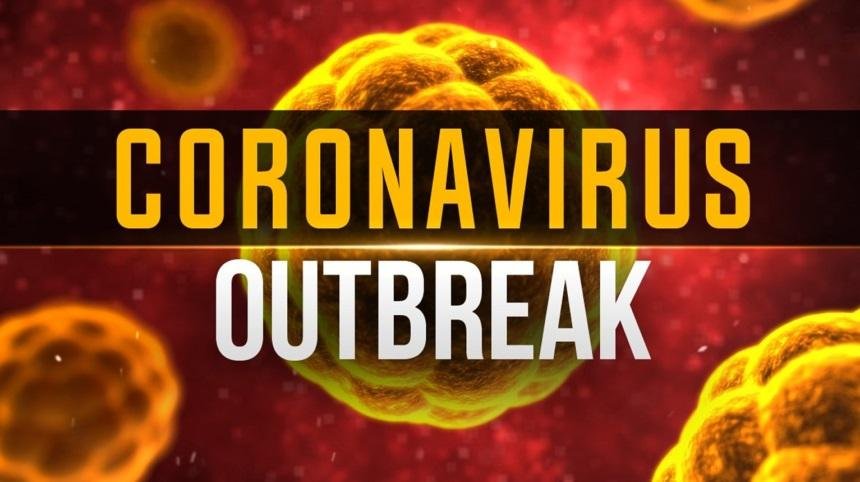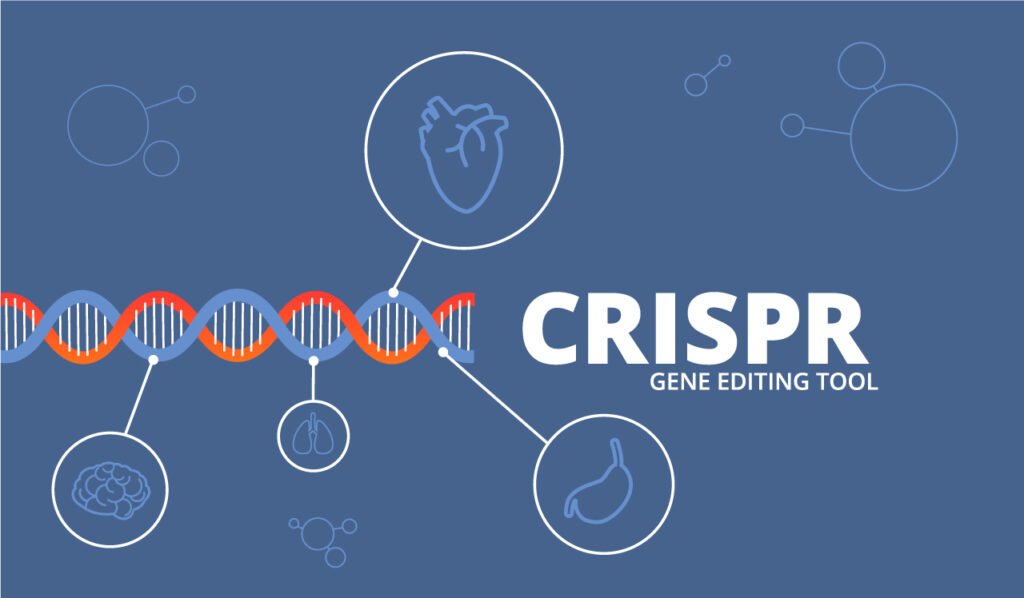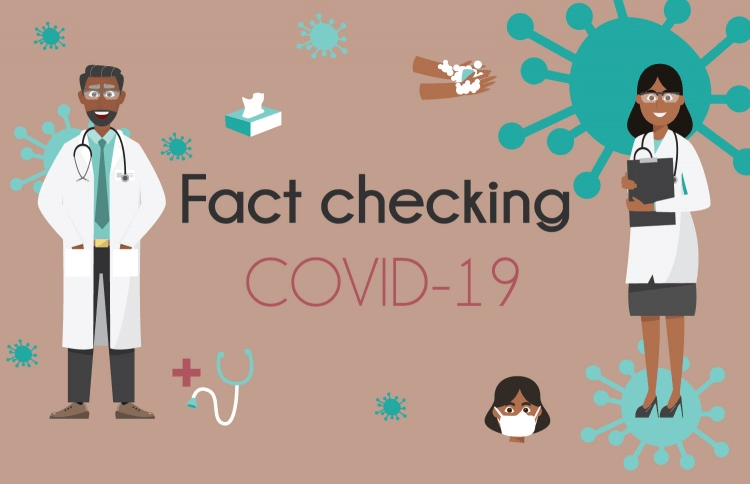Coronavirus in the US: Latest Updates on the Covid-19 Pandemic

In the past few months, the Coronavirus (Covid-19), has rapidly grown from its outbreak in China to nearly 171 countries and territories. As the disease continues to rapidly spread throughout the world, health officials have confirmed nearly 760,000 cases of the virus worldwide, with 142,000 cases diagnosed in the US. Since the outbreak began in December 2019, there have been more than 34,000 deaths around the world, with the number of fatalities constantly growing. Other areas of the world, like Italy, now have over 98,000 cases and over 11,000 deaths due to coronavirus.
The initial cases reported outside China began on Jan. 20, in Japan, Thailand and South Korea. On Jan. 21, the U.S. identified its first case, which was in Washington state. On March 11, the World Health Organization declared the outbreak a pandemic. Official names have been announced for the virus responsible for COVID-19 (previously known as “2019 novel coronavirus”) and the disease it causes. The official name of the disease is coronavirus disease (COVID-19) and the virus is named as severe acute respiratory syndrome coronavirus 2 (SARS-CoV-2). The other two strains of coronavirus cause Middle East respiratory syndrome and severe acute respiratory syndrome.
The US now facing a nationwide pandemic scare, many local health agencies and hospitals are gearing up to fight the influx of cases that may arise. Though risk was believed to be relatively low in the US compared to other countries, officials from both federal and state agencies are now rapidly expanding coronavirus screenings and quarantines for recent foreign travelers and those who may have had contact with the virus. Additionally, states and cities around the US are implementing the closure of non-essential businesses and issuing shelter-in-place orders. Despite efforts in the US, there have already been over 2500 confirmed deaths. The global fear of coronavirus continues to develop rapidly with travel restrictions, closings of schools, cancellation of public and religious gatherings, and limiting person-person contact in nearly every instance. The World Health Organization, for instance, says international travel bans generally don’t work well. In its most recent guidance, the WHO says it “continues to advise against the application of travel or trade restrictions to countries experiencing COVID-19 outbreaks.”
—President Trump extended social-distancing orders through April 30. Without such measures, up to 2.2 million Americans could die from the virus.
—New York cases have surged, accounting for about half of all U.S. cases, with about 66,497 confirmed to have COVID-19 in the state, after more than 172,000 tests were run.
—The first infant death in the U.S. related to COVID-19 was reported in the Chicago area on Saturday (March 28).
—The USNS Comfort, a Navy hospital ship that set off from Norfolk, Virginia, on Saturday (March 28), arrived in New York City this morning (March 30).
—Certain hotspots seem to be starting to emerge in the Midwest, according to Dr. Deborah Birx, the White House’s coronavirus response coordinator, who added that two counties in particular, Wayne County in Michigan and Cook County in Illinois, are seeing a sharp increase in COVID-19 cases, The Washington Post reported.
—Florida governor has ordered a 14-day quarantine or isolation for anyone traveling from New York, New Jersey or Connecticut back to the Sunshine State, CNN reported.
The coronavirus has had a dramatic effect on the global economy, with markets worldwide suffering losses. As of Monday, there are millions of Americans already who have lost their jobs due to the Covid-19 crisis and analysts say the worst of the damage is yet to come, according to a Federal Reserve estimate. In just the past week, a record 3.4 million people filed for unemployment in the US. Economists at the Fed’s St. Louis district project total employment reductions of 47 million, which would translate to a 32.1% unemployment rate, according to a recent analysis of how bad things could get. Dr. Anthony Fauci, director of the National Institute of Allergy and Infectious Diseases, said that even with stay-at-home and other social-distancing measures, 200,000 individuals in the U.S. could die from this virus. “I think it’s entirely conceivable that if we do not mitigate to the extent that we’re trying to do that you could reach that number,” Fauci said, according to The New York Times.
This outbreak continues to constantly develop, and more information is being learned as health officials in the US and around the world struggle to control the spread. While there is no known cure or vaccine yet, The drugs — chloroquine and hydroxychloroquine — have been identified as potential COVID-19 treatments based on lab tests and small, limited studies in humans. “This is not FDA approval of hydroxychloroquine or chloroquine for the treatment of COVID-19,” says epidemiologist Rajesh Gandhi, who is leading Massachusetts General Hospital’s COVID-19 treatment task force. “There’s an epidemic of misinformation out there, and we need to combat that.” For the majority of people, the disease is not deadly; health officials have stated that symptoms are similar to an unusually severe seasonal flu. Data so far implies that if you are diagnosed with coronavirus, you are likelier to have little to no symptoms at all, than to require hospitalization. However, the coronavirus is believed to be far more dangerous for people over age 70 and those with underlying health issues such as diabetes. Though, risk remains high in the US and many other countries for people between the ages of 18-49 years old.
This pandemic has pushed US hospitals to their maximum capacity. Now more than ever, hospitals and healthcare workers are in desperate need of personal protective equipment and ventilators to deal with the rising number of cases. Individuals can immediately help by taking steps such as donating blood, getting vaccinated against diseases, seeking preventative healthcare, maintaining proper hygiene and keeping sanitary living conditions. Additionally, you can donate equipment and supplies to your local hospital or clinic to help these healthcare workers.
In light of this outbreak and its global impact, it highlights the weakness in our global health monitoring infrastructure and ability to respond to epidemics and pandemics. Many of the 170 countries with coronavirus cases are severely under-equipped to respond to this disease let alone other basic health services and emergencies.
The US Centers for Disease Control (CDC) has issued some guidelines to limit the spread and exposure to the virus: Wash your hands often with soap and water for at least 20 seconds, especially after blowing your nose, coughing, or sneezing; going to the bathroom; and before eating or preparing food. Avoid touching your eyes, nose, and mouth with unwashed hands. Stay home when you are sick. Cover your cough or sneeze with a tissue, then throw the tissue in the trash. Stay updated on official guidance from the CDC for more information on how to stay protected from the virus as it spreads.
Person-to-person spread
The virus is thought to spread mainly from person-to-person.
- Between people who are in close contact with one another (within about 6 feet).
- Through respiratory droplets produced when an infected person coughs or sneezes.
These droplets can land in the mouths or noses of people who are nearby or possibly be inhaled into the lungs.
Can someone spread the virus without being sick?
- People are thought to be most contagious when they are most symptomatic (the sickest).
- Some spread might be possible before people show symptoms; there have been reports of this occurring with this new coronavirus, but this is not thought to be the main way the virus spreads.
Spread from contact with contaminated surfaces or objects
It may be possible that a person can get COVID-19 by touching a surface or object that has the virus on it and then touching their own mouth, nose, or possibly their eyes, but this is not thought to be the main way the virus spreads.
How easily the virus spreads
How easily a virus spreads from person-to-person can vary. Some viruses are highly contagious (spread easily), like measles, while other viruses do not spread as easily. Another factor is whether the spread is sustained, spreading continually without stopping.
The virus that causes COVID-19 seems to be spreading easily and sustainably in the community (“community spread”) in some affected geographic areas.

Written By Pavan L.
Mar 31, 2020
Social Share
Latest Blogs
Breakthrough AI Study Unveils Gender-Specific Brain Features Linked to Cognitive Functions
In a new groundbreaking study, researchers...
Biohacking the World – The Future of Genetics
The genetic code of humans is what sets us...
The Impact of Healthcare Information on Covid-19 Perception
In the United States they are over 5.2...
10 Things You Need For Your First Day of Clinical Rotations
My name is Keshu Mahesh and I’m currently a...
Update on Coronavirus Outbreak and the Future of Pandemics
Updated March 6, 2020, 11:13 PM EST In the...




0 Comments